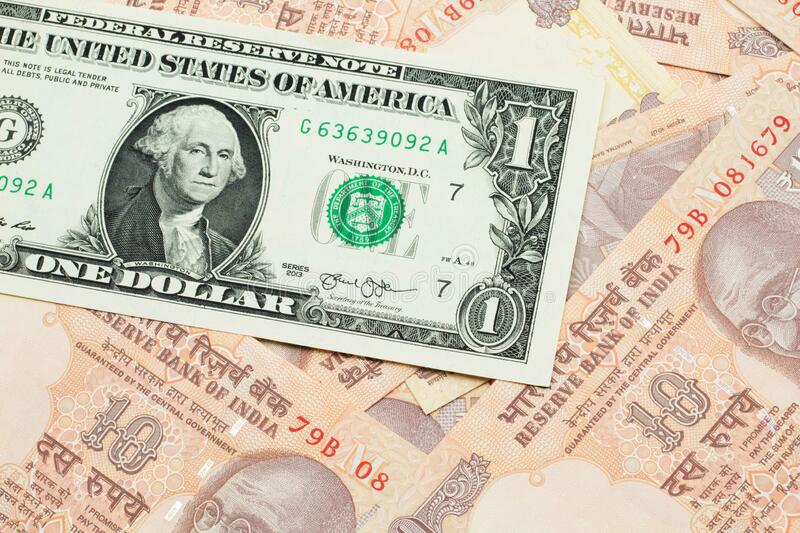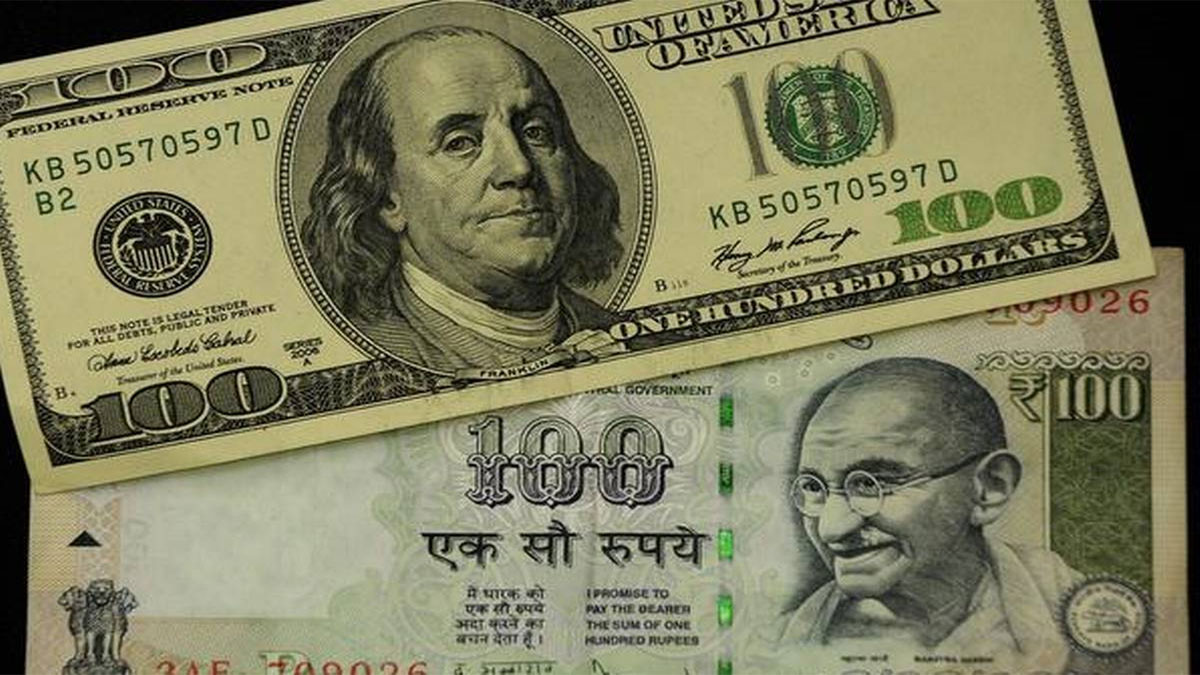With a close of 81.88 against the dollar, the rupee was nearly unchanged on Tuesday. In line with our expectations, it so continues to trade between the important levels of 81.60 and 82.15. Nevertheless, the Indian rupee has been rising since March, and the trend is still upward.
The increase was mostly caused by foreign capital inflows. The net inflows of foreign portfolio investors (FPIs) were $1.7 billion and $0.7 billion, respectively, in March and April, according to data from the National Securities Depository Ltd. The gains could have been greater because the rise in foreign exchange reserves raises the possibility that the RBI purchased dollars, which might have curbed the rupee’s appreciation.
Having said that, the Fed will present its monetary policy this week on Wednesday. Because of this, the dollar rupee may start a new trend on either side. A 25 bps rate increase is what the market as a whole anticipates. Any departure from this can make the dollar-rupee pair more volatile.
The rupee is now trading between 81.60 and 82.15. From a technical standpoint, the next trend leg will be unpredictable as long as the rupee remains inside this price range. The rupee can be quickly raised to 81.10 with a breakout of 81.60. But if the support level at 82.15 is broken, we might witness a decline to 82.50.
The upper band is currently being tested by the dollar index (DXY), which is currently fluctuating between 100.80 and 102.20. If 102.20 is broken, a potential resistance level of 103.50 might be reached. DXY can find support at 101.20 and 100.80, though, if it breaks through the resistance. The rupee may benefit if the trend shifts downward at a breach of 100.80.
The indicators indicate that the rupee may continue its sideways trend this week and trade between 81.60 and 82.15. The Fed’s announcement of interest rates, however, can create a trend from the current level that could go either way. As a result, participants should currently proceed with caution.

